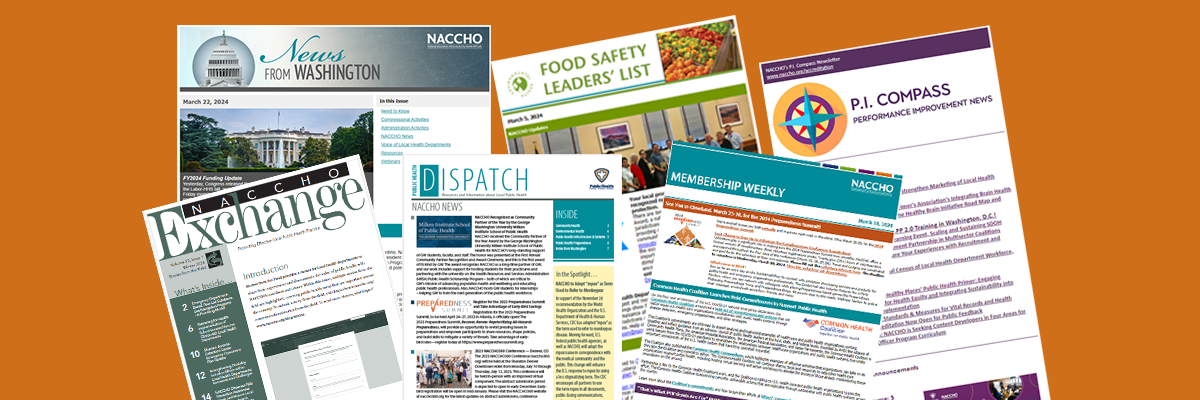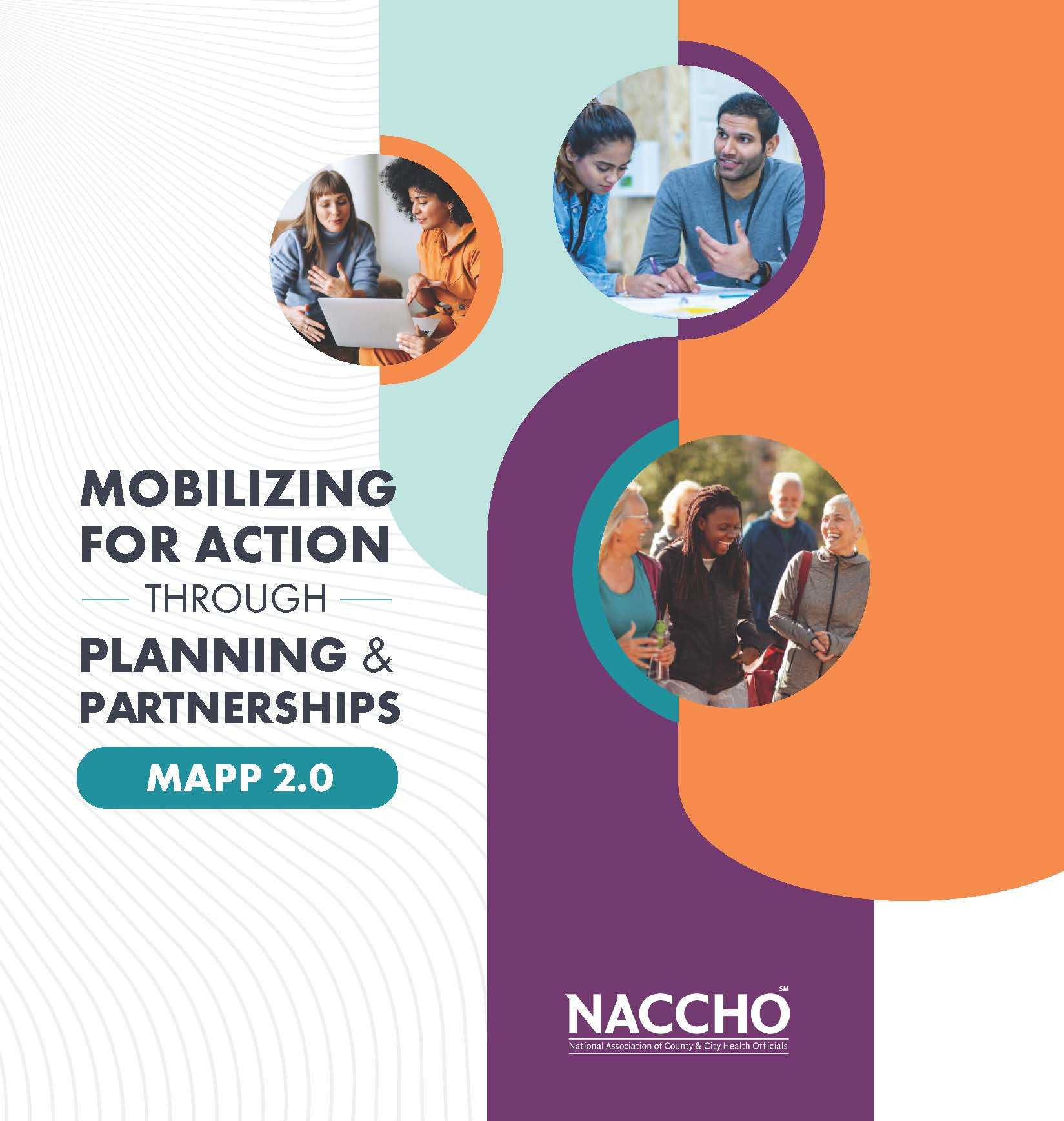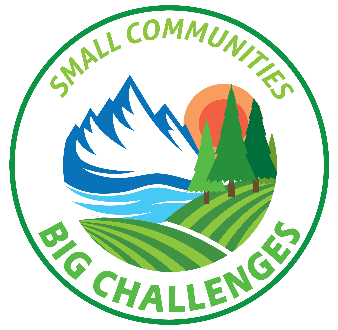Popular Categories
Reducing the Risk of Exposure to Polychlorinated Biphenyls in Older School Buildings
By Tina Yuen, MPH MCP CPH, Program Analyst The presence of polychlorinated biphenyls (PCBs) in buildings, especially school buildings,...
Mar 12, 2014 | NacchoVoice
Flu Activity Increasing After a Slow Start to Flu Season
According to FluView, the CDC’s weekly influenza surveillance report, flu activity is increasing nationwide and is already high...
Jan 03, 2014 | Lisa Brown
This Emergency Will Be Tweeted: What Local Health Departments Need to Know About...
With nearly three out of four American adults using social networking sites, first-hand reports on social media during unfolding...
Oct 17, 2013 | Frances Bevington
Pandemic Influenza Preparedness: Partnering With Schools
On any given day, educational institutions house more 20 percent of the United States population. This equates to more than 60 million...
Oct 16, 2013 | Andy Roszak
Integrating Extreme Weather Events into Preparedness Planning
Authors: Resham Patel, MPH, Senior Program Analyst and Stacy Hosler, MSPH, Program Analyst; Public Health Preparedness, NACCHO In 2011...
Sep 08, 2013 | Resham Patel
Reducing the Risk of Exposure to Polychlorinated Biphenyls in Older School BuildingsBy Tina Yuen, MPH MCP CPH, Program Analyst The presence of polychlorinated biphenyls (PCBs) in buildings, especially school buildings, is an emerging environmental public health issue. In 2009, the Environmental Protection Agency (EPA) issued new guidance for school administrators and building managers with information to help minimize possible exposures. As local health departments (LHDs) are... Mar 12, 2014 | NacchoVoice |
Flu Activity Increasing After a Slow Start to Flu SeasonAccording to FluView, the CDC’s weekly influenza surveillance report, flu activity is increasing nationwide and is already high in ten states predominately in the south- specifically Alabama, Alaska, Kansas, Louisiana, Massachusetts, New York, Pennsylvania, Texas, Virginia, and Wyoming. For the first time since the 2009 influenza pandemic, H1N1 is the dominant circulating flu strain early... Jan 03, 2014 | Lisa Brown |
This Emergency Will Be Tweeted: What Local Health Departments Need to Know About Social MediaWith nearly three out of four American adults using social networking sites, first-hand reports on social media during unfolding situations present many opportunities for those in the fields of local public health and emergency response. However, local health departments have a long way to go with adoption of social media, with only 8 percent using Twitter and 24 percent using Facebook. Oct 17, 2013 | Frances Bevington |
Pandemic Influenza Preparedness: Partnering With SchoolsOn any given day, educational institutions house more 20 percent of the United States population. This equates to more than 60 million students, facility, and staff. According to the U.S Secretary of Education, “Pandemic influenza could have a profound effect on our nation’s school systems. Children would be expected to have high rates of infection and are more likely […] Oct 16, 2013 | Andy Roszak |
Integrating Extreme Weather Events into Preparedness PlanningAuthors: Resham Patel, MPH, Senior Program Analyst and Stacy Hosler, MSPH, Program Analyst; Public Health Preparedness, NACCHO In 2011 and 2012, the United States experienced 25 extreme weather events—storms, floods, droughts, heat waves, and wildfires—that each caused at least $1 billion in damages.[1] These events resulted in a total price tag of over $174 billion […] Sep 08, 2013 | Resham Patel |

Subscribe Today
Sign Up for the E-mail Digests
Create an account or login to MyNACCHO and go to "My Subscriptions."
SUBSCRIBE NOWPARTNER ARTICLES
More NACCHO Blogs
Check out all the NACCHO blogs.




